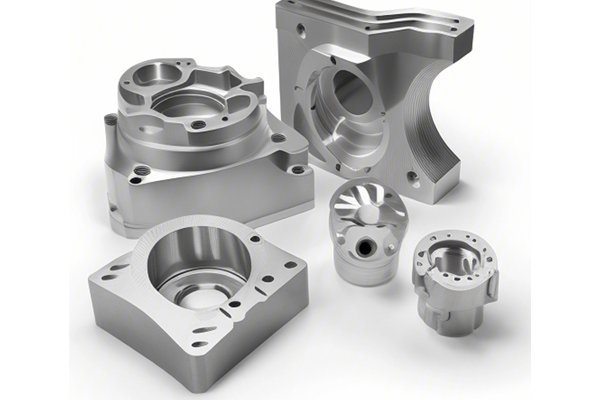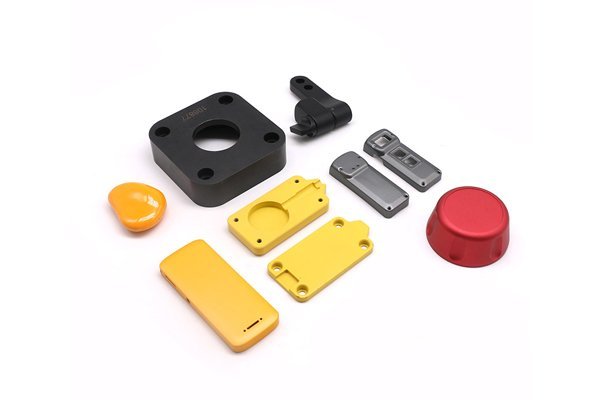*
Did you know that over 30% of manufacturers claim they struggle to meet customer expectations due to inefficiencies in their production processes? This statistic serves as a wake-up call for the manufacturing industry, particularly in the realm of CNC machining. As we delve into the world of CNC (Computer Numerical Control) machining, we uncover how this technology thrives on customer feedback and continuously evolves to better serve its users.
With the rapid pace of technological advancements and changing customer demands, manufacturers must embrace change not just to survive, but to excel. In this blog, we will explore how CNC machining adapts to customer needs and feedback, focusing on techniques, strategies, and case studies that showcase its transformative power.
Chapter 1: Understanding CNC Machining
1.1 What is CNC Machining?
CNC machining is a sophisticated manufacturing process that utilizes computer-controlled machinery to cut, shape, and finish material into precise components. This technology facilitates high levels of precision, repeatability, and scalability, making it an essential tool in various industries, from aerospace to healthcare.
1.2 The Role of Customer Feedback
Customer feedback is a critical component of any manufacturing process, especially CNC machining. It provides insights into performance, quality, and customer satisfaction. Understanding how customer needs and feedback influence CNC processes helps manufacturers remain competitive and responsive.
Chapter 2: The Continuous Improvement Process
2.1 What is Continuous Improvement?
Continuous improvement, or Kaizen, is an approach that encourages incremental improvements in production processes. This philosophy not only focuses on enhancing product quality but also emphasizes operational efficiency, employee involvement, and customer satisfaction.
2.2 Key Principles of Continuous Improvement in CNC Machining
Chapter 3: Strategies for Integrating Customer Feedback
3.1 Creating Feedback Channels
Setting up effective channels for customer feedback is crucial. Options may include surveys, direct communications, and focus groups. Utilizing CRM systems helps organize and analyze this information systematically.
3.2 Translating Feedback into Action
Once feedback is collected, it must be converted into actionable strategies. This can be done through:
3.3 Case Study: Customizing CNC Machining Based on Customer Feedback
For instance, a leading CNC machining firm noticed a rising demand for a specific aluminum alloy used in aerospace components. Based on customer requests, they adjusted their machinery settings and processes to accommodate this unique specification, resulting in improved product quality and shorter lead times.
Chapter 4: Implementing Technological Adaptations
4.1 Software and Automation Technologies
Modern CNC machining relies heavily on software for real-time monitoring, modeling, and analytics. Leveraging advancements in artificial intelligence and machine learning enables CNC machines to learn from historical data and improve over time.
4.2 Agile Manufacturing
This approach allows for flexibility in production workflows, enabling manufacturers to quickly adapt to changes in customer demand. Agile practices lead to faster problem resolution and better alignment with market trends.

Chapter 5: Measuring Success
5.1 Key Performance Indicators (KPIs)
Measuring improvement’s effectiveness is pivotal. Some relevant KPIs in CNC machining include:
5.2 Real-Time Analytics and Reporting
Utilizing real-time analytics allows manufacturers to monitor performance and track progress continuously. Implementing dashboards that visualize key metrics makes it easier to understand the impact of changes made.
Chapter 6: Training and Development
6.1 Empowering Employees Through Training
Continuous training for employees is vital in maintaining quality and efficiency. This can include:
6.2 Culture of Continuous Learning
Promoting a culture of ongoing learning drives innovation. Organizations that invest in employee development tend to be more agile and responsive to customer needs.
Chapter 7: Building a Customer-Centric Culture
7.1 Fostering Strong Relationships
Establishing strong relationships with customers fosters trust and loyalty. Regular communication should be maintained to better understand customer needs and perspectives.
7.2 Encouraging Customer Participation
Seeking customers’ opinions on new designs and prototypes can lead to enhanced satisfaction and product acceptance. Collaborative testing and feedback sessions offer valuable insights into practical improvements.
Chapter 8: Innovation in CNC Machining
8.1 The Role of Research and Development
Investing in research and development allows CNC manufacturers to explore new techniques and materials. Staying at the forefront of innovation positions businesses to better respond to changing customer expectations.
8.2 Success Stories from the Field*
Various companies have demonstrated how innovative practices in CNC machining led to breakthrough improvements. For example, the introduction of 3D printing alongside CNC processes has allowed companies to create complex geometries that meet unique customer specifications rapidly.
CNC machining is no longer just a method of production; it is an evolving ecosystem that thrives on customer feedback and continuous improvement. By integrating customer insights into the production process, employing technological advancements, and fostering a culture of learning, manufacturers can adapt to the ever-changing landscape of customer needs.
Implementing these strategies not only enhances product quality but also builds strong relationships with customers, ultimately leading to increased satisfaction and profitability. As the landscape of manufacturing continues to evolve, the ability to remain agile and responsive will be fundamental to success in the CNC machining industry.
In summary, understanding and incorporating customer feedback into manufacturing processes can drive significant improvements and advancements. By embracing continuous learning, innovative solutions, and a customer-centric approach, companies can thrive in today’s fast-paced market. It’s worth considering how these practices can enhance your own operations and contribute to sustainable growth.






